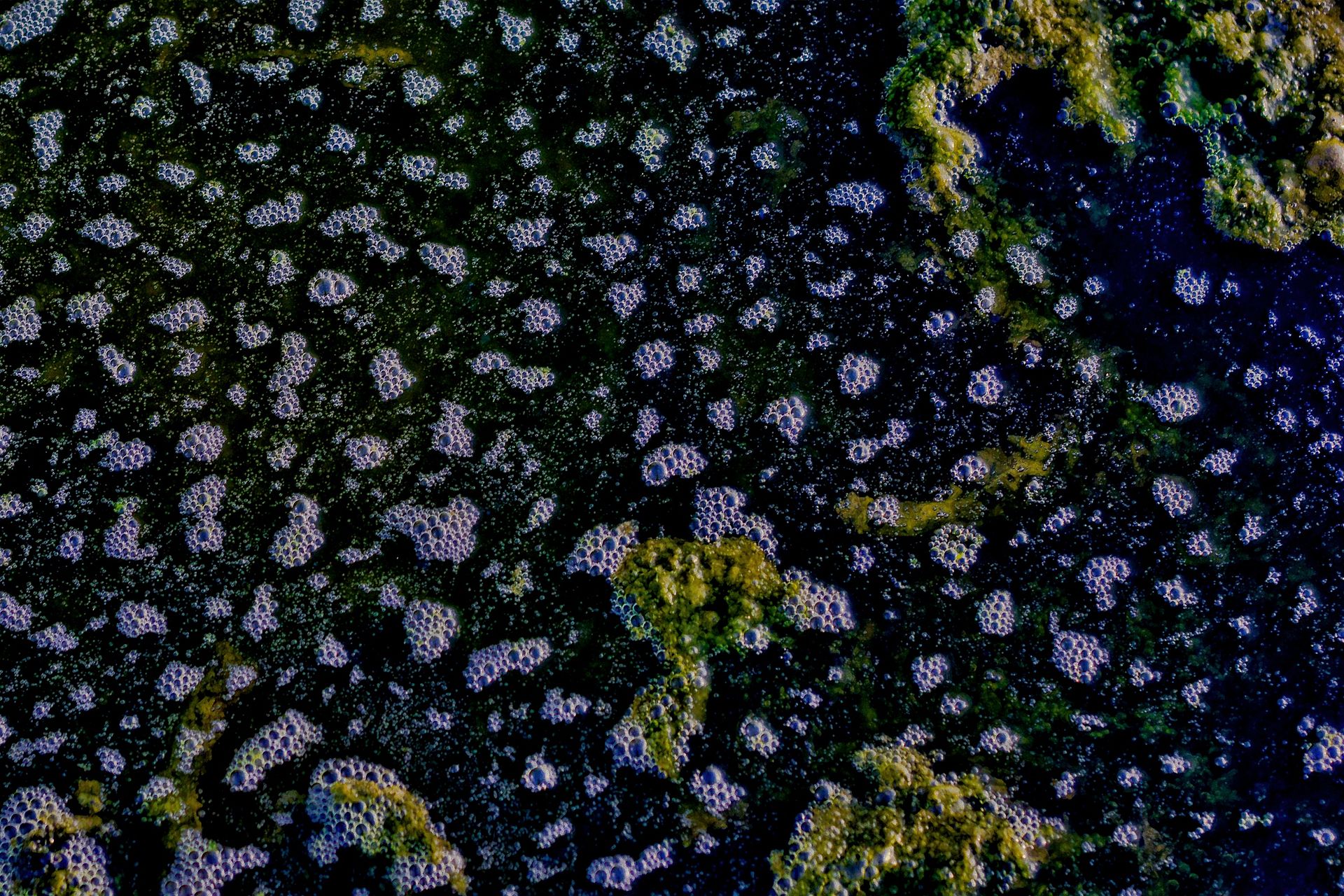The WaterWord: Methanogen
Definition: Although similar to the previous EarthWord, methanogenesis, this word is slightly different. It refers to the class of microbes that create methane. Once classified as bacteria, these microscopic organisms are now organized under the kingdom of Archaea, which are single-celled organisms. Methanogens can be found all over the world, in almost any environment.
Etymology: Methanogen is a shortened form of methanogenesis, which is made up of methane and genesis. Methane comes from the French word methylene, itself made up of the Greek word methy (wine) and hyle (wood). This is because methylene was detected in wood alcohol. Genesis, meanwhile, comes from the old Greek word genos, meaning “birth, descent.”

Use/Significance in the Earth Science Community:
- Methanogens help break down organic material in low oxygen environments. They can be found in wetlands and the deep oceans, where they are responsible for methane bubbling up through the water. They can even be found in the digestive tracts of humans and other animals.
U.S. Geological Survey/Schmidt Ocean Institute Use:
- USGS and SOI are collaborating on a research cruise off the coast of Oregon and Washington that will study methane seeps in a region known as the continental margin. Some of the methane that escapes into the ocean from these seeps likely came from methanogenesis, and so scientists will study what kinds of microbes live near the seeps and how they could be contributing to the supply of methane in these ecosystems.
- Scientists on past SOI research cruises have also published papers on methanogenesis near hydrothermal, or hot water, vents.
- USGS also studies methanogenesis on land, within petroleum reservoirs and other rock formations.
Next WaterWord: Methanotroph

